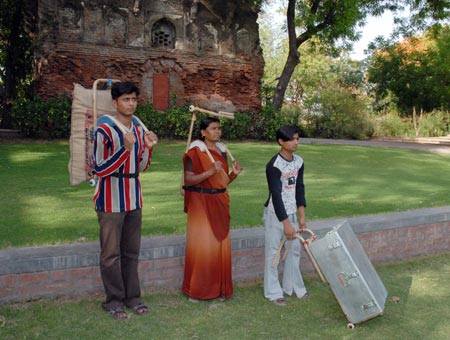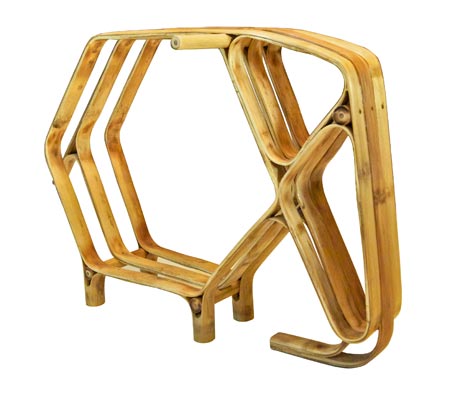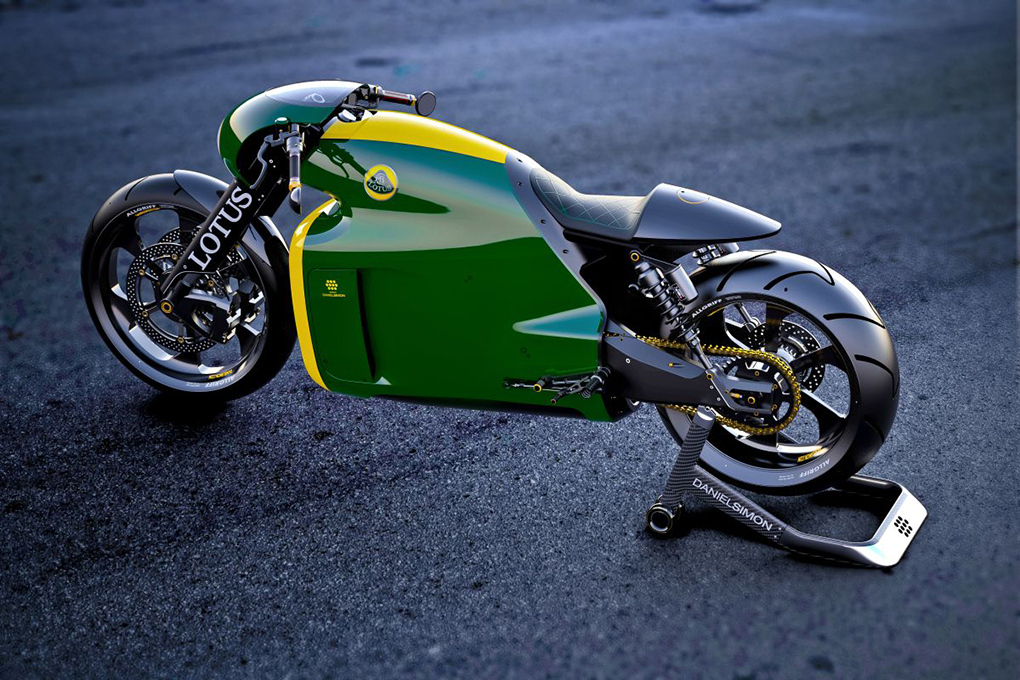Exhibition New India Designscape Milan Triennale until 24 February
“Design like the Esperanto of 2000,” writes Silvana Annichiarico to describe New India Designscape, an exhibition on young Indian design at Milan’s Triennale, a show that follows the previous analogous events Vitaly. Korea Young Design and China New Design. The metaphor of Esperanto provides an accurate image of the culture and languages interwoven into the objects chosen by Simona Romano, who has put together this show with a glocal vision of new Indian design. The overall key is “transcultural design,” in which “transcultural,” says Romano, “refers to the study of questions regarding the dissonance, instability, tension and fragmentation of contemporary cultures, swinging between nomadic identity and tradition.”
New India Designscape is not just an exhibition of objects, but rather the expression of a research itinerary and method that interlinks a series of different subject areas within design, specialist studies and anthropology. The involvement of Cristina Bignami, anthropologist, therefore concerned the study of the connections between object design and the Indian cultural tradition according to the dual level “of iconography, preserving the immediately decipherable symbolic references, and the titles of the works, with their references to the religion or epic stories of the various peoples living in India.”
The exhibition provides an opportunity to look at design in India, from a point of view that includes parallels between Indian traditions and a Western culture of living imported by the Modern Movement, leading on to contemporary Indian design, in which authors work using a wider area of knowledge, often adopting a quintessentially pragmatic approach. Notwithstanding widely-held beliefs about the dominance of spirituality in Indian culture, this area of design embodies solid crafts skills as well as influences from art, different geographical areas and different generations, within a concept of growth that is not necessarily that of economics.” Romano writes, “The exhibition New India Designscape was designed in order to present the complexity of a context or landscape in which the overriding characteristics are the inter-relations and the constant re-examination of ideas on design, far more so than those of a fixed national identity and fully-defined expressions.” Design in the sense of an ongoing process is something that can also be seen in the show’s configuration, developed by Indian artist Kavita Singh Kale, who returned to her sculpture “Fragile – Strings Attached” in order to express an endless chain connecting a series of layered objects, held together and enclosed by a web of thin cords that enable them to be seen from all sides, while at the same time expressing the fragility of the tensions supporting them, “like the scaffolding of constantly growing Indian cities,” as the young artist says.
But the cords are also those used in the imagery of anthropologist Clifford Geertz, explains Romano, in his study of “the web of global culture, like the elements constituting a body that is locally variegated and globally integrated.” The layout thus becomes a fundamental component within the show’s narrative structure, organized on multiple levels, from the intuitive, allegorical aspects of the installation, the display of content and objects reflecting the concise expression of art, and the philological content of the texts in the catalogue, published by Corraini, in which the colours of pages denote the alternation of designers and suggest another possible mode of classification. New India Designscape, as in the ironic suggestion by Divya Thakur in Turbans, is an exhibition that should be visited with many different heads.
by Cristina Fiordimela via Abitare
New India Design
edited by Simona Romano
cultural development Cristina Bignami
exhibition design by Kavita Singh Kale
Milan Triennale until 24 February






